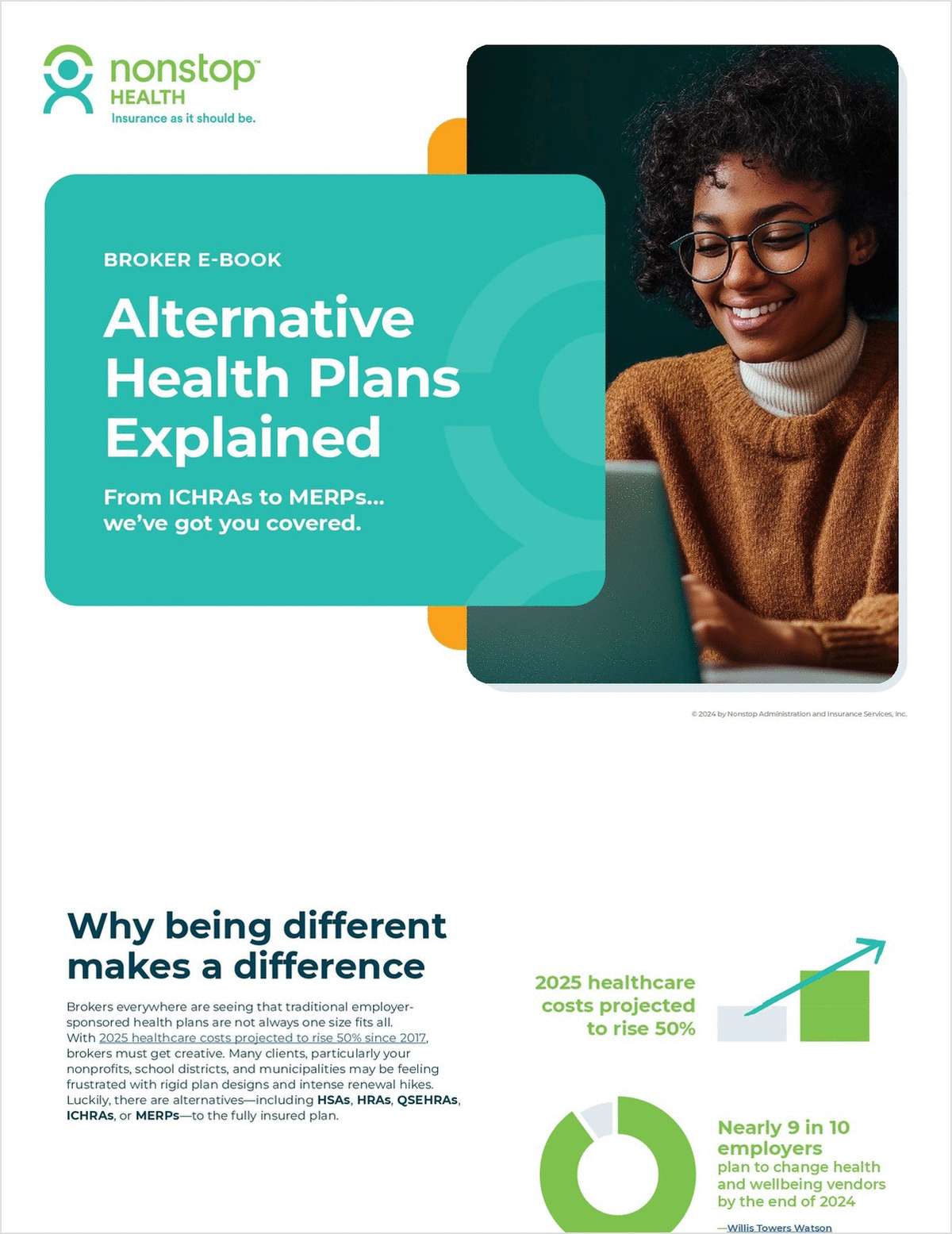 A shortage of doctors and chronic underinvestment means that many Americans are not able to establish a regular relationship with a primary care physician, a new report form the Primary Care Collaborative and the Robert Graham Center found.
A shortage of doctors and chronic underinvestment means that many Americans are not able to establish a regular relationship with a primary care physician, a new report form the Primary Care Collaborative and the Robert Graham Center found.
"High-tech health care grabs the headlines, but high-touch, personalized primary care with tech support keeps people healthier at a lower cost," said Ann Greiner, president and CEO of the collaborative. "If we are serious about improving the health of everyone in every community, policymakers need to step up to strengthen primary care, making it attractive to clinicians and delivering what patients want – comprehensive, team-based care."
The nation has seen a consistent decrease in the number of primary care clinicians since 2014, caused by a decline in the number of physicians entering primary care, burnout leading to retirement and decreased direct patient care time, the report said. In 2019, there was a net loss of 10 clinicians per 100,000 people across the United States. Spending on primary care fell from an average of 6.2% in 2013 to 4.6% in 2020.
Complete your profile to continue reading and get FREE access to BenefitsPRO, part of your ALM digital membership.
Your access to unlimited BenefitsPRO content isn’t changing.
Once you are an ALM digital member, you’ll receive:
- Breaking benefits news and analysis, on-site and via our newsletters and custom alerts
- Educational webcasts, white papers, and ebooks from industry thought leaders
- Critical converage of the property casualty insurance and financial advisory markets on our other ALM sites, PropertyCasualty360 and ThinkAdvisor
Already have an account? Sign In Now
© 2024 ALM Global, LLC, All Rights Reserved. Request academic re-use from www.copyright.com. All other uses, submit a request to [email protected]. For more information visit Asset & Logo Licensing.








